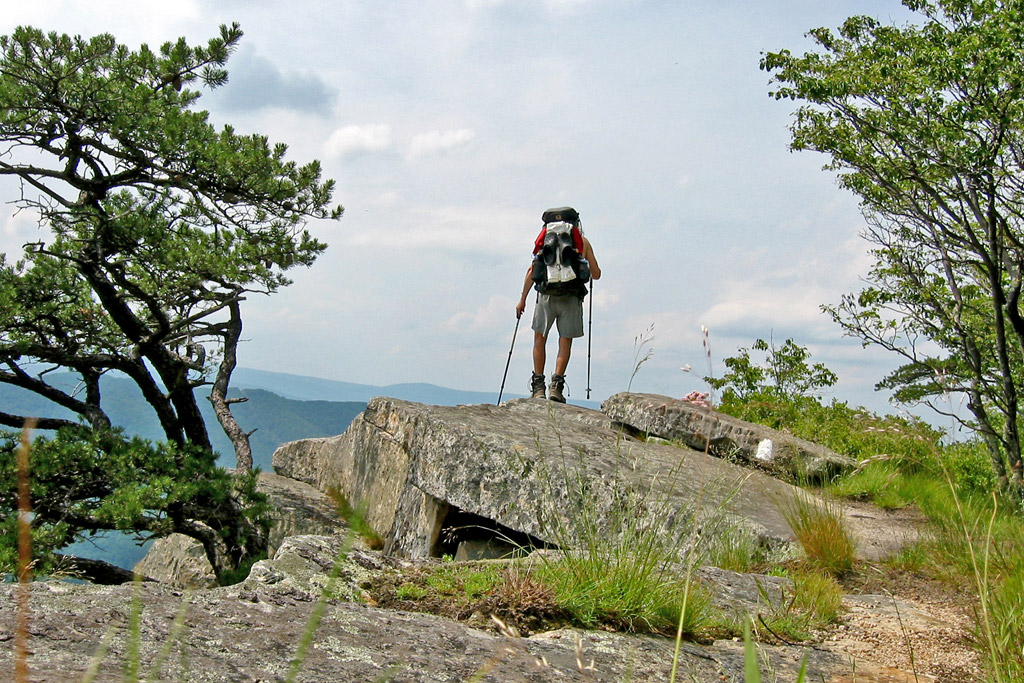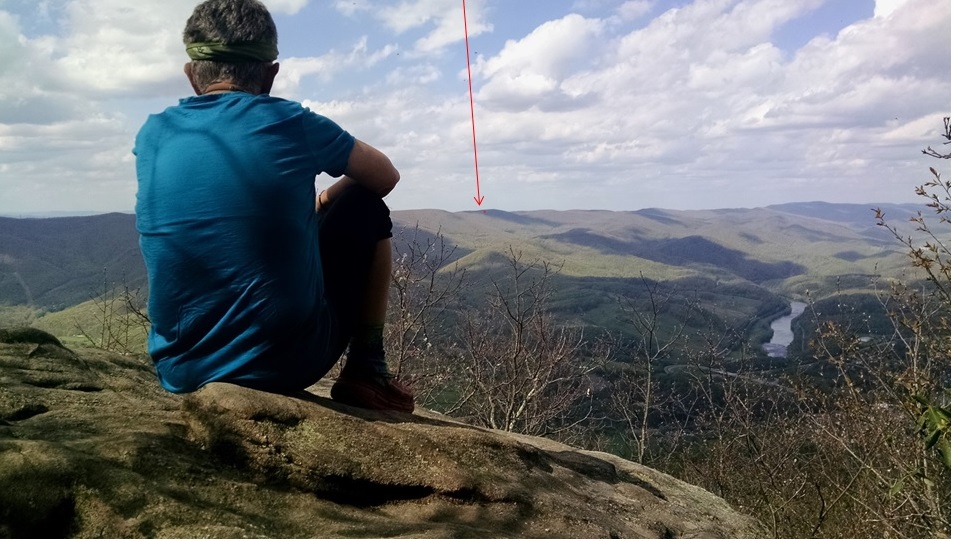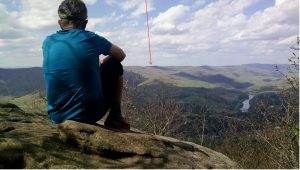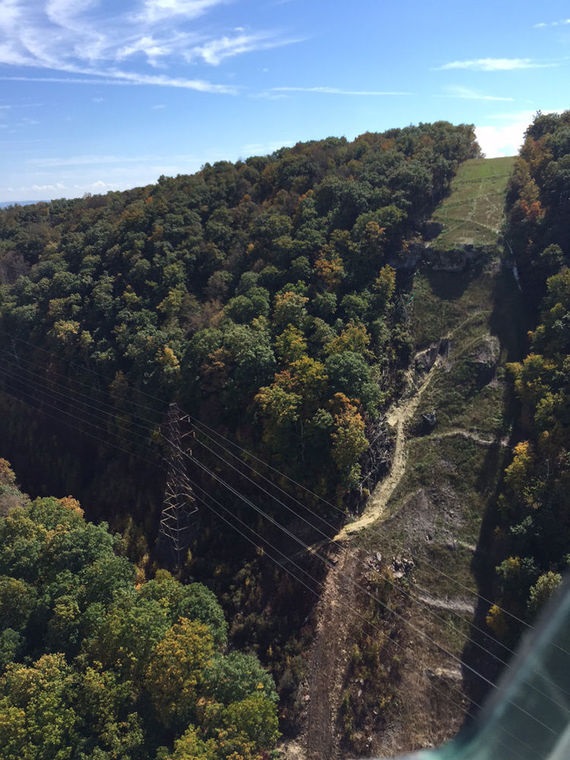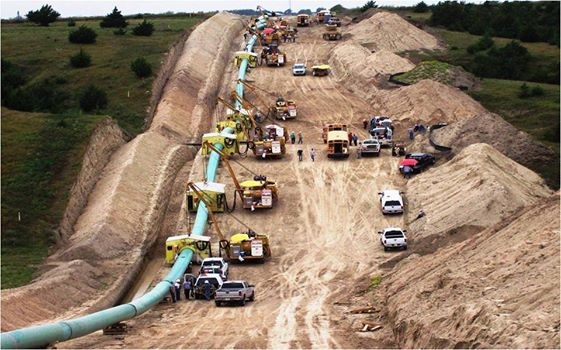[summary of US Forest Service’s March 9, 2016 comments on developer’s final Resource Reports in October 2015]
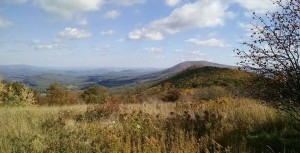 The proposed Mountain Valley Pipeline would be over 300 miles long, including about 5 miles in the Jefferson National Forest (JNF), where it would cross the Appalachian National Scenic Trail (AT) on Peters Mountain (photo at left) and come close to the AT on Sinking Creek Mountain, Craig Creek Valley, and Brush Mountain. In March 2016 the US Forest Service delivered 32 pages of comments on the developer’s lengthy final Resource Reports. A Pittsburgh-based partnership led by the EQT Corporation proposes to cross mountain ridges, steep slopes, streams, rivers and valleys with a huge 42-inch pipeline full of fracked natural gas under high pressure. The gas is destined for overseas markets and other places east of Virginia’s Blue Ridge.
The proposed Mountain Valley Pipeline would be over 300 miles long, including about 5 miles in the Jefferson National Forest (JNF), where it would cross the Appalachian National Scenic Trail (AT) on Peters Mountain (photo at left) and come close to the AT on Sinking Creek Mountain, Craig Creek Valley, and Brush Mountain. In March 2016 the US Forest Service delivered 32 pages of comments on the developer’s lengthy final Resource Reports. A Pittsburgh-based partnership led by the EQT Corporation proposes to cross mountain ridges, steep slopes, streams, rivers and valleys with a huge 42-inch pipeline full of fracked natural gas under high pressure. The gas is destined for overseas markets and other places east of Virginia’s Blue Ridge.
The Forest Service comments are pretty easy to summarize. If a student received these comments on a class project, the grade would be “Incomplete” or perhaps a generous D minus. A job applicant who received the comments on a work sample would not get an interview.
The developer’s latest report was clearly crafted to mislead reviewers by callously downplaying the project’s visual impacts, glossing over potentially catastrophic geologic issues, denying water quality and other environmental impacts, and simply ignoring clear requirements for crossing public lands with a private scheme. As Forest Service staff noted:
- The entire section on Environmental Consequences on Jefferson National Forest Lands is “woefully inadequate” since it does not describe direct, indirect or cumulative effects of the pipeline.
- “Significant materials, including viewshed analysis and maps, have been left out of this comprehensive package of ‘final’ Resource Reports. The proponent should re-review this entire package to ensure completeness.”
- The product is so vague and inconsistent that it “leads reviewers to question the level of critical analysis which was dedicated to developing these ‘final’ products.”
Read more »

